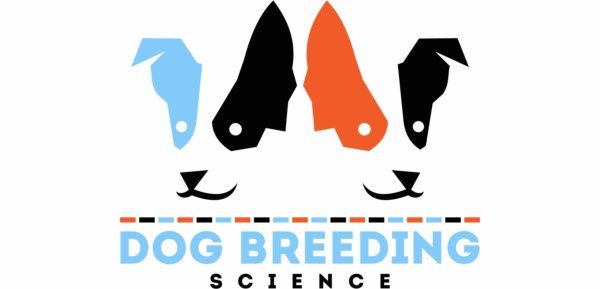DNA testing from hair roots
Did you know that hair roots contain DNA? We can use hair roots to test for colour, coat and health traits in your dog.
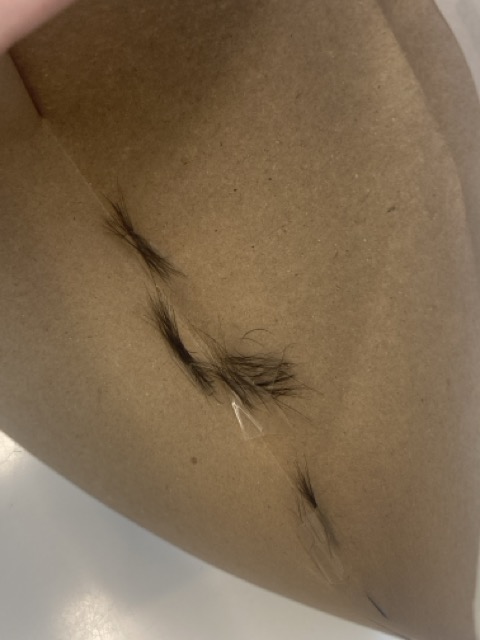
How to take dog hair samples
-
Wash your hands thoroughly. Get a clean envelope, some sticky tape and your dog. Don't handle any other dogs on the way. Label the envelope with the sample ID you receive when you place your order.
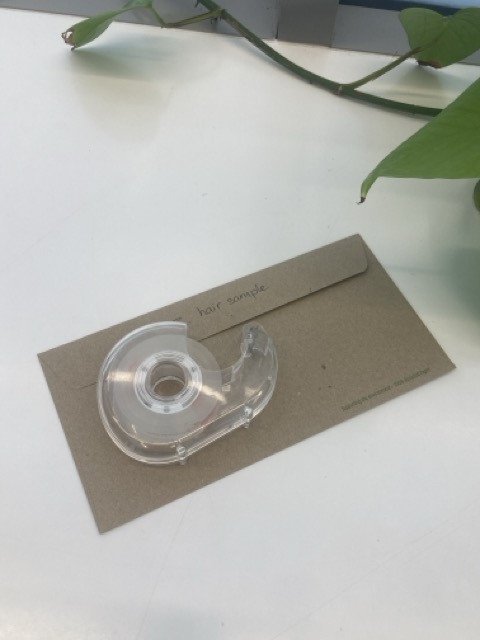
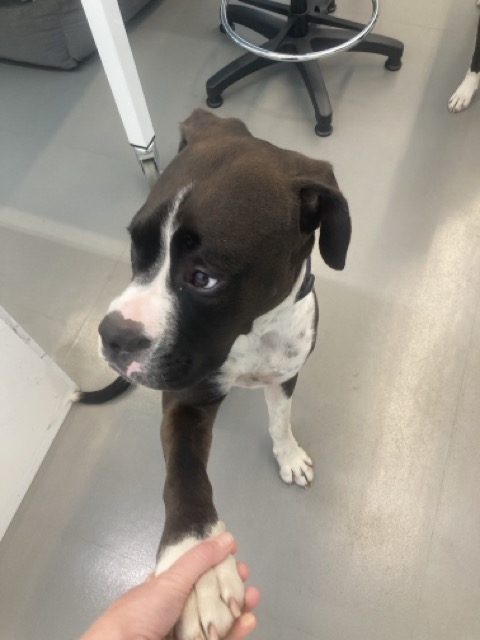
Once again, make sure your hands are clean and that the hair you collect is not likely to be contaminated by material from other animals.
-
Choose a section of hair that contains as many coarse guard hairs as possible. The tail is usually a good choice. If your dog does not have a tail, the hair along the spine particularly on the rump is most similar.
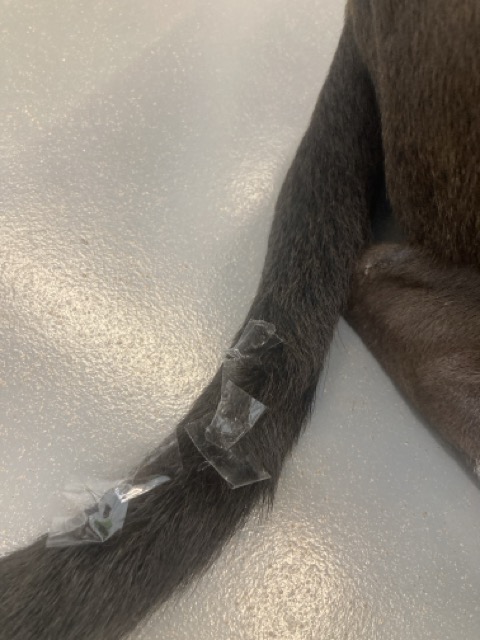
Fold a short piece of sticky tape over a pinch of hair so that all the hairs are caught inside the sticky tape fold. Make sure the hair roots are not going to get stuck to the sticky tape when you pull out the hairs, they should protrude instead.
Repeat this so you have five pinches of hair with sticky tape on them.
-
Grip each fold of sticky tape and pull it out quickly with the hairs attached. Use your other hand to hold the tail steady (or other skin if you're using a different location). Once again, make sure the hair roots are outside the sticky tape when you finish. Try not to touch them, though!
If you have ever had anything waxed you'll know that fast pulls and tight skin reduce the discomfort. Give your dog positive verbal feedback because having hair pulled is not fun.
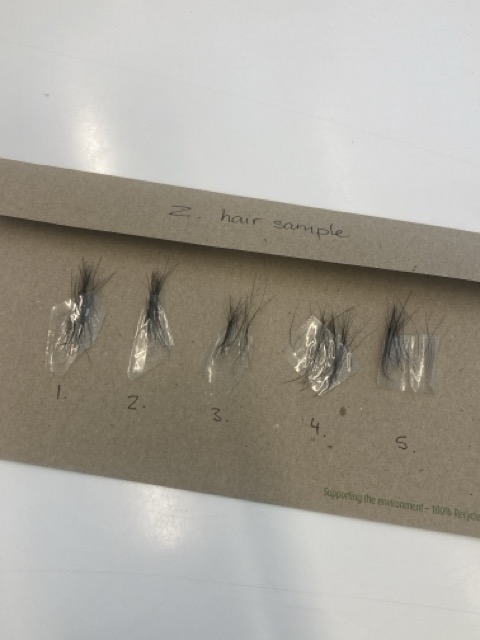
The numbering here is just to help clarify what we mean: include five folds of sticky tape per dog.

Place the all the hair samples still in their sticky tape in the labeled envelope you prepared earlier.
-
If you're testing multiple dogs you can put multiple sealed sample envelopes together in a larger envelope to send them to the lab. Our address is:
Dog Breeding Science
40 Boronia St
Redfern NSW 2016
AUSTRALIA
The benefits of hair samples
-
Hair travels very well, and it should reach us in good condition
-
Hair is less prone to contamination (compared to mouth swabs) by food or other dogs, except in the case of pups that are regularly groomed by their mother. If you use the method described above we can also minimise the likelihood of maternal contamination.
-
Hair is the best alternative to mouth swabs when your dog cannot tolerate its mouth being handled
